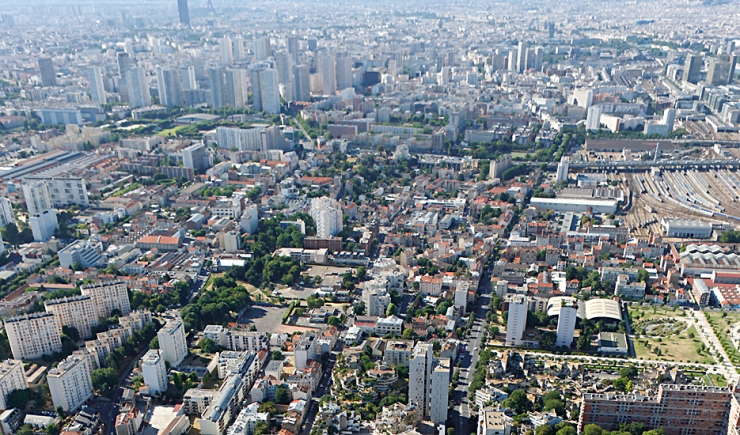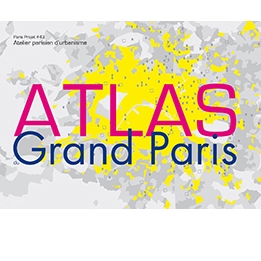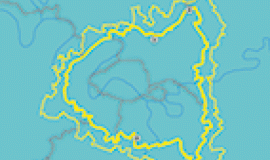The Atlas of Grand Paris 2013 is a contribution that supports cultural differences and the understanding of identities within the metropolis. It is also an opportunity for the reading of our maps and data to be shared. They are intended to enrich the expertise of researchers and facilitate the growing place of citizens in the life of the city.

Table of contents:
Editorial, Bertrand Delanoë, Mayor of Paris
To represent the metropolis, a political choice, Pierre Mansat, Deputy Mayor of Paris, responsible for Paris Métropole and Local Authorities on the Territory
Introduction: Identity cards, Dominique Alba, architect, Managing Director of Apur
Book 1. Points of reference
Book 2. A paradoxical geography, Michel Lussault, geographer, University Professer and Patricia Pelloux, Metropolitan and Large Territories Manager at Apur
Book 3. A lived in metropolis, Alexandre Labasse, architect, Managing Director of the Pavillon de l’Arsenal and Christiane Blancot, Cities and Urban Forms Manager at Apur
Book 4. Walks in Grand Paris, Paola Vigano, architect, PH.D. in urbanism and Jean-Christophe Choblet, urban designer at Apur
Portrait: Representing the “Grand Parisians”, Frédéric Gilli, geographer and PH.D. in economy
Biographies, bibliographies and thanks
This issue of the review is no longer available in paper version but can be downloaded on this page.


